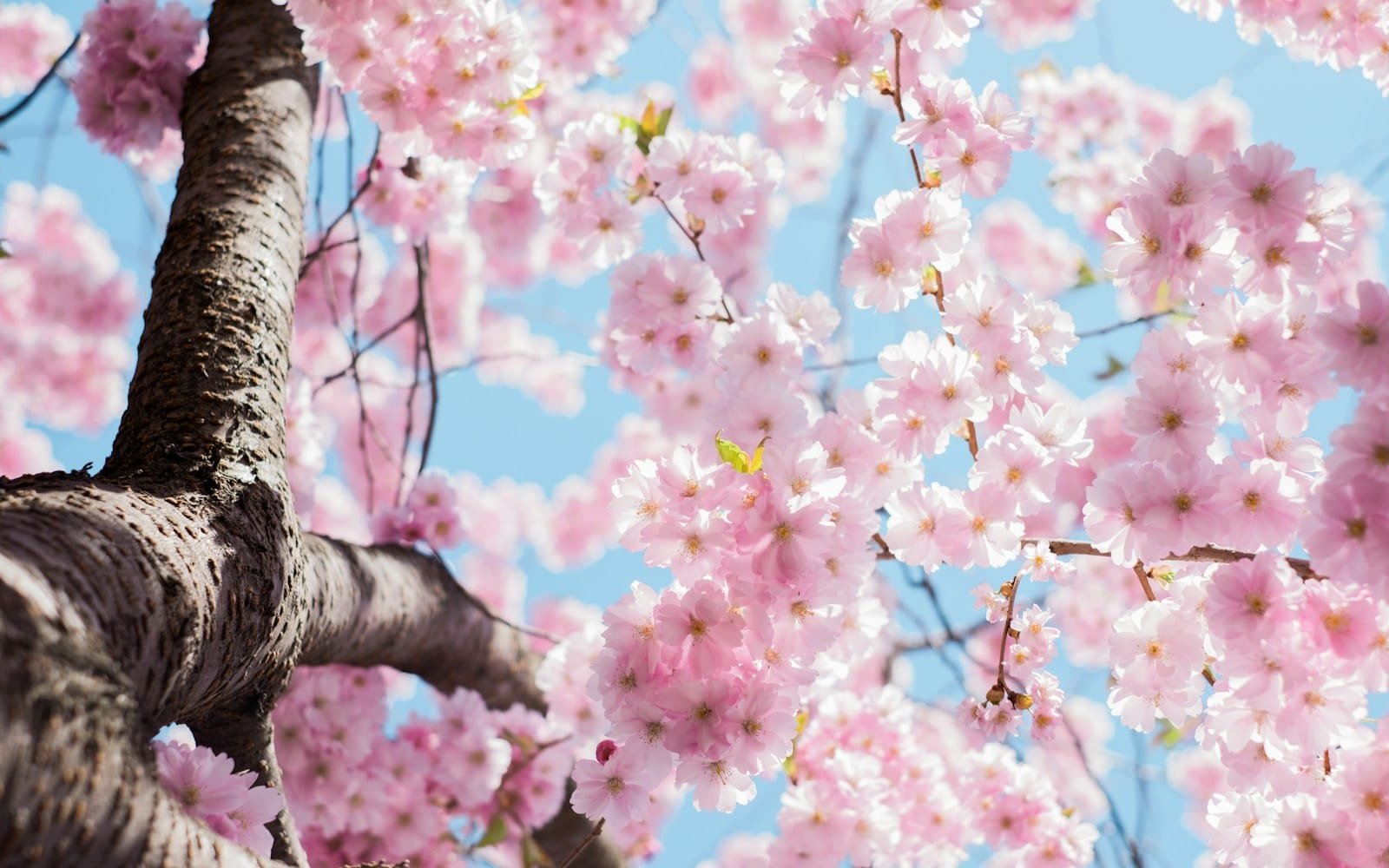The Psychology of Spring: How Seasonal Shifts Influence Consumer Behavior
Spring brings longer days, warmer weather, and a sense of renewal. But beyond the flowers blooming and birds chirping, this seasonal shift has a profound impact on consumer behavior. Businesses that understand these changes can capitalize on new spending habits and emotional triggers.
Understanding Consumer Psychology
Consumer behavior is driven by emotions, habits, and environmental cues. The way people make purchasing decisions is often subconscious, influenced by external factors like weather, social trends, and personal mood shifts. Spring is a season of transition that triggers powerful psychological responses, including increased motivation, positivity, and a willingness to spend on experiences and self-improvement.
As consumers emerge from winter, they seek fresh starts, social interactions, and emotional rewards. These psychological patterns create opportunities for businesses to tailor their marketing strategies to align with seasonal shifts. Below, we explore five key ways spring affects consumer behavior.
The Fresh Start Effect: Increased Motivation to Spend
Spring symbolizes new beginnings and psychological renewal, prompting consumers to seek positive changes in their lives. This is rooted in the Fresh Start Effect, a phenomenon where people are more motivated to set and pursue goals at the start of a new cycle, such as a new season.
- Gyms and fitness brands see a surge in memberships as people want to get active after winter.
- Home improvement stores experience increased sales as homeowners tackle renovation projects.
- Fashion retailers promote new collections, targeting consumers eager to refresh their wardrobes.
Example: Home Depot’s “Spring Black Friday” offers discounts on gardening, patio furniture, and outdoor tools to encourage seasonal spending.
More Daylight = More Shopping
Longer daylight hours influence consumer behavior by increasing energy levels and encouraging more outdoor activity. The additional sunlight boosts serotonin levels, making people happier and more inclined to engage in social and retail experiences.
- Restaurants and cafes see increased patio dining as people socialize more.
- Outdoor recreation stores benefit from the rising demand for hiking, biking, and camping gear.
- Local markets and street vendors get a boost as people prefer walking and browsing outside.
Example: Starbucks introduces its iced drink promotions in spring, knowing that warmer temperatures drive demand for refreshing beverages.
Spring Cleaning: A Decluttering Mindset
Spring cleaning isn’t just about tidying up—it reflects a psychological shift toward minimalism and self-improvement. When consumers declutter, they often seek to replace old items with new, fresh alternatives.
- Storage and organization brands see a spike in sales as people declutter.
- Secondhand and donation-based businesses experience an influx of items as consumers purge old belongings.
- Minimalist and home decor brands benefit as people look for a fresh home aesthetic.
Example: The Container Store runs spring organization sales, aligning with the cleaning mindset of consumers.
Seasonal Holidays and Celebrations Boost Sales
Spring is packed with culturally significant events that influence spending habits. These celebrations encourage consumers to purchase gifts, décor, and experience-based services.
- Easter: Families purchase decorations, chocolates, and clothing for celebrations.
- Mother’s Day: Jewelry, flowers, and spa services experience a surge in demand.
- Graduation season: Gift cards, tech gadgets, and travel bookings rise as people celebrate milestones.
Example: Hallmark launches Mother’s Day campaigns early, promoting sentimental gifts and cards.
Emotional Uplift = Impulse Buying
Warmer weather and increased daylight improve overall mood, leading to higher discretionary spending. When people feel happier and more optimistic, they are more likely to engage in impulsive purchases that align with their lifestyle aspirations.
- Travel agencies see increased vacation bookings as people crave adventure.
- Beauty and skincare brands push self-care products as consumers embrace a “feel-good” mindset.
- Sports retailers see higher sales of outdoor gear as enthusiasm for physical activity rises.
Example: REI markets hiking and outdoor gear with messaging that taps into consumers’ renewed energy and desire for exploration.
How Businesses Can Leverage Spring Psychology
- Highlight renewal and transformation: Use messaging that aligns with fresh starts (e.g., “New Season, New You”).
- Leverage outdoor engagement: Promote events, pop-up shops, and social experiences.
- Tap into seasonal FOMO: Create limited-time spring offers to drive urgency.
- Capitalize on emotions: Use bright, uplifting visuals and storytelling in marketing campaigns.
Final Thoughts!
Spring isn’t just a season—it’s a catalyst for consumer shifts. Businesses that align their strategies with these psychological triggers can boost engagement and sales. By understanding how spring influences behavior, brands can create marketing campaigns that truly resonate.
References
- Dai, H., Milkman, K. L., & Riis, J. (2014). The Fresh Start Effect: Temporal Landmarks Motivate Aspirational Behavior. Management Science, 60(10), 2563-2582.
- Kamdar, D., & McAllister, D. J. (2009). Seasonal Variations in Mood and Their Impact on Work Outcomes. Personality and Social Psychology Bulletin, 35(12), 1594-1608.
- Madzharov, A. V., Block, L. G., & Morrin, M. (2015). The Cool Scent of Power: Effects of Ambient Scent on Consumer Preferences and Choice Behavior. Journal of Consumer Psychology, 25(1), 100-110.
- Pantano, E., & Gandini, A. (2019). Retailing in the 21st Century: The Role of Digital and Climate Factors in Shaping Consumer Behavior. Journal of Marketing Management, 35(11-12), 1031-1045.
- Spangenberg, E. R., Sprott, D. E., Grohmann, B., & Tracy, D. L. (2012). Gender-Congruent Ambient Scent Influences on Approach and Avoidance Behaviors in a Retail Store. Journal of Retailing, 88(3), 322-332.




